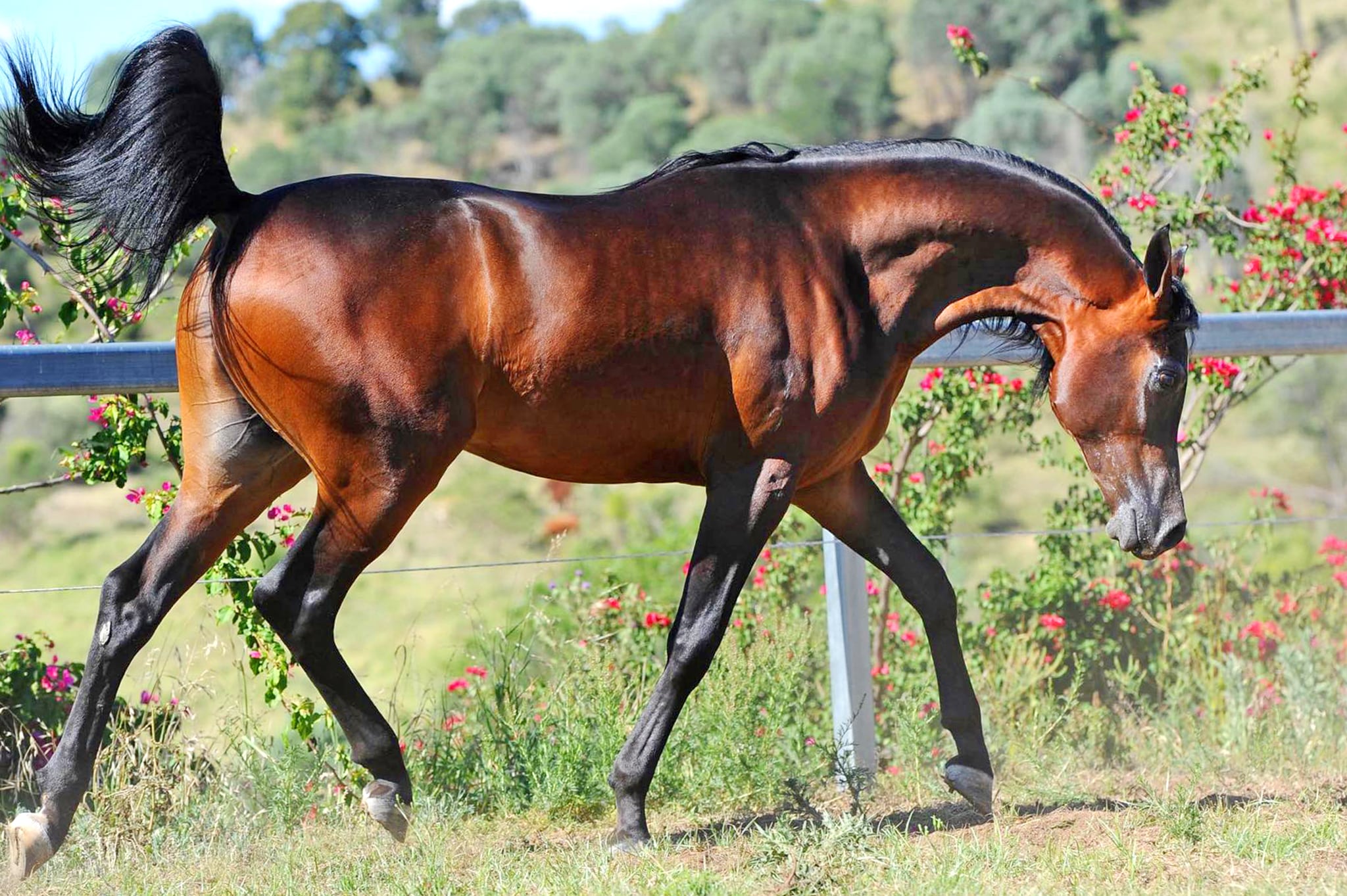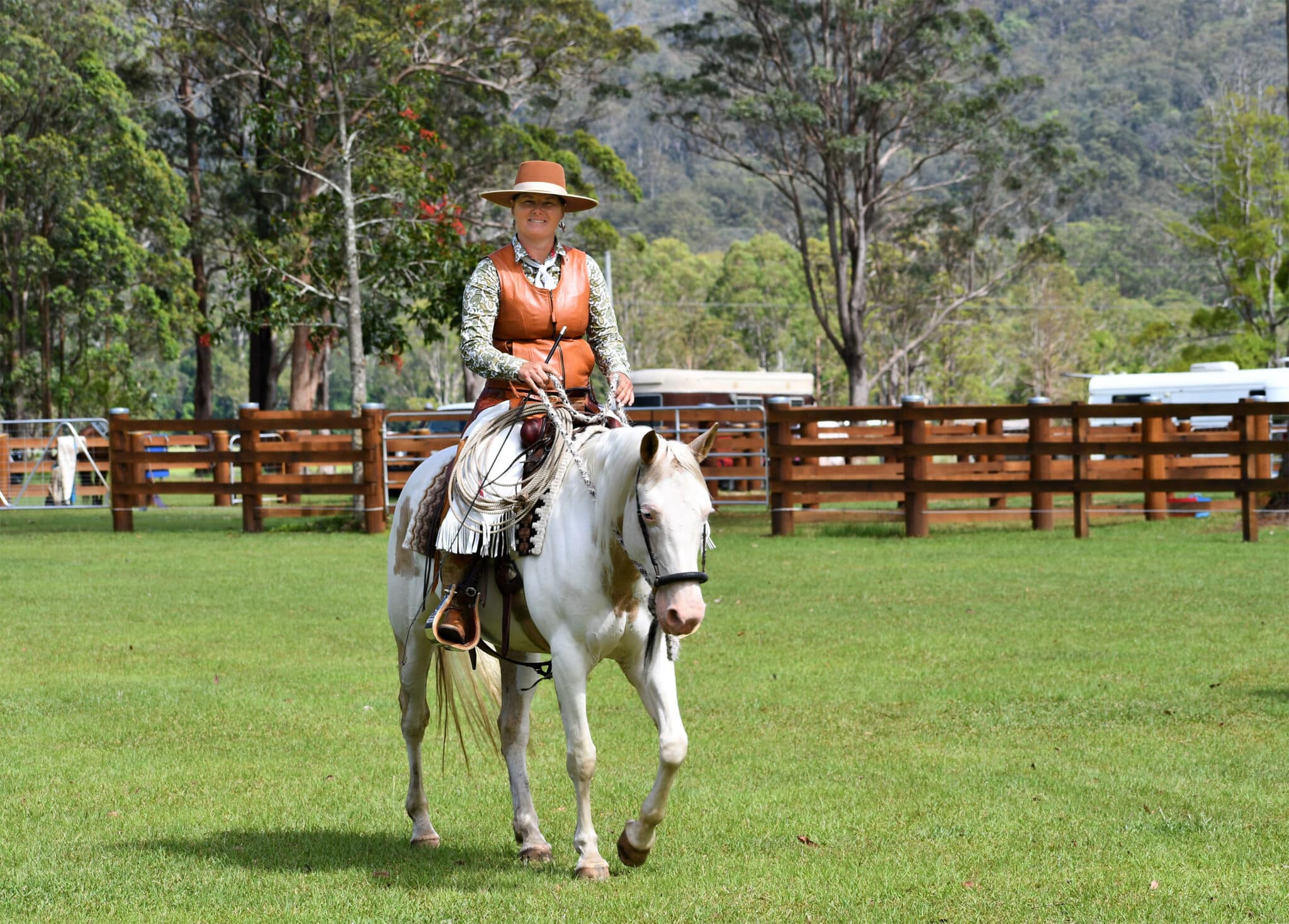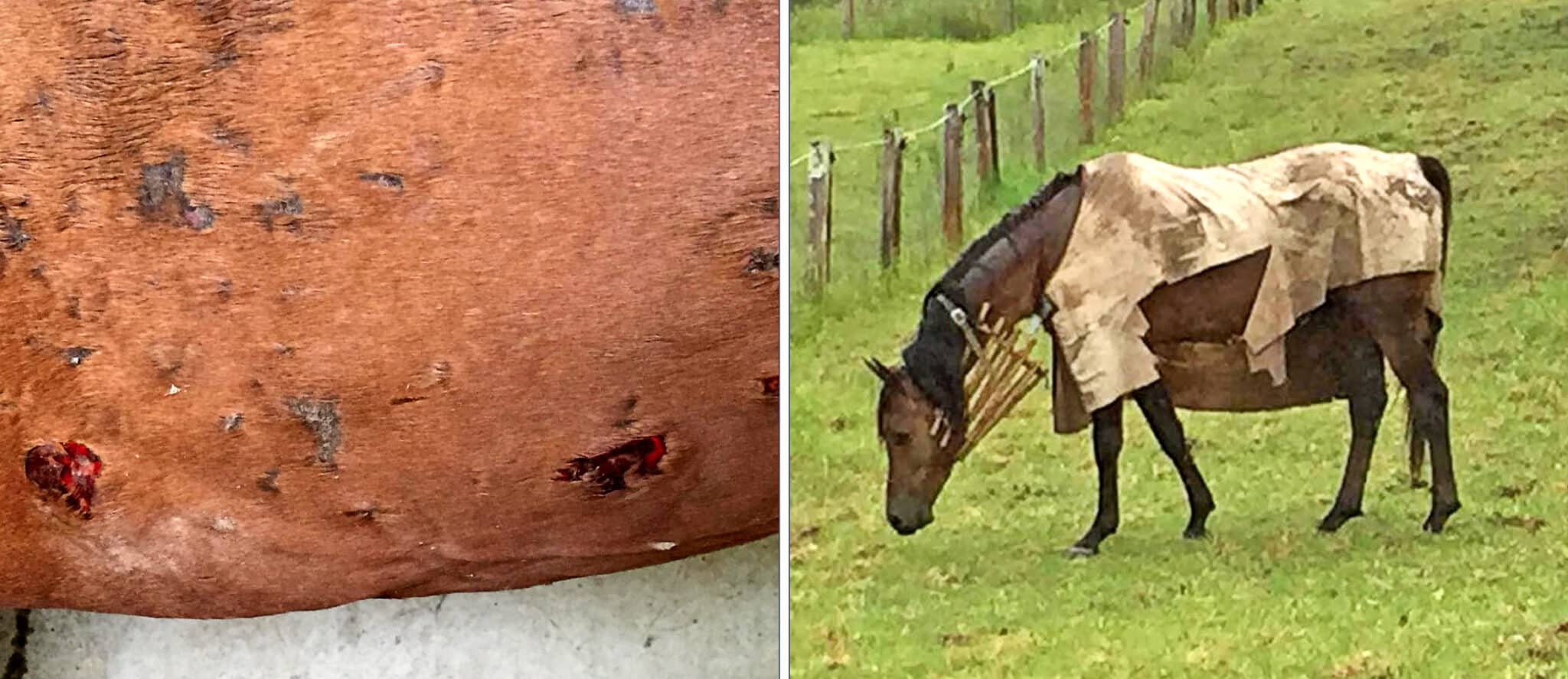
Soda Pop psychology
Tanja Kraus is an advocate for practical horsemanship, and uses her skills to help troubled horses, writes AMANDA MAC.
As a child, Tanja Kraus was horse obsessed – a bit of a problem if your family is as non-horsey as it’s possible to be. Nevertheless, young Tanja wasn’t going to let that stand in her way. She became friends with the neighbour’s pony-owning children, and when they went out on rides she followed on foot.
It took a couple of years but Tanja’s parents eventually got the message. “They came to the conclusion that I must be pretty serious about horses to be trekking along behind my friends. So, they got me my first horse, Shadow, when I was 12. We didn’t have a Pony Club nearby, so I joined Currumbin Horse Club on the Gold Coast where we lived.”
The club met regularly and held novelty, jumping, hack and dressage shows. Tanja was in her element and competed with Shadow, an off the track Standardbred, in everything she could. Her next horse, Tank, an off the track Thoroughbred who had raced as Thank Heavens, didn’t come along until she was in her early twenties. “And at that moment, I realised I didn’t know anything about horses!” Tanja laughs. “I put him in a paddock and on day one he ran straight through the wire fence. On day two, he tripped down the hill because he’d never seen a hill before, and it started to occur to me that maybe he wasn’t fully trained.” He wasn’t!

Tanja’s parents had sent their daughter for regular lessons as soon as she started riding, something she continued to invest in as an adult. “My riding instructor was helping me with Tank. I was trying to compete with him in dressage, but we’d get into the ring and he would rear, spook and generally carry on.”
At a loss as to what to try next, an advert for Ken Faulconer Australian Horsemanship caught Tanja’s eye and the trajectory of her riding career was forever changed. She took Tank along to a four-day clinic and was bitten hard by the natural horsemanship bug: “I was getting things done with him that I hadn’t been able to. Ken was all about the psychology, and that was 25 years ago so there wasn’t a lot of talk then about what a horse might be thinking.”
Although Tanja’s parents had brought her up to consider an animal’s feelings, when it came to horses, she had understandably taken on board the accepted philosophy of the day, which was essentially that you had to show the horse who was boss. But when Ken explained how and why fear might be driving Tank’s behaviour, it took Tanja no time at all to grasp the concept, and to realise that she could help alleviate Tank’s worries by adopting a natural horsemanship approach.
Eventually, encouraged by her partner Phil, a skilled horseman with a passion for Western horses, she began training horses for clients. “But when I sent the horses home, their owners started asking me for lessons. That led to teaching private lessons, then clinics, and now Phil and I focus on running clinics both individually and as a team.”
Tanja has worked with a lot of troubled horses over the years and had formulated strategies that have certainly helped, but keen to learn more, she recently completed a professional development course offered by Understand Horses, a UK-based education provider founded by certified equine behaviour consultant Justine Harrison. The course, ‘Working with Fear and Trauma in Horses’, fed into Tanja’s long-standing interest in horse psychology. “It’s always been my passion to make the way we train easy and stress-free for the horse, and I think that, like people, different horses learn in different ways and react to stimuli in different ways.”
And then, as if to try out Tanja’s theories, along came Soda Pop, a horse who had learned to react to trauma by self-mutilating. Soda Pop was sent to Tanja by the woman who had bred him, so fortunately, Tanja had a pretty good handle on the horse’s history and the sequence of events that had affected him so badly. “He was a very well-bred Arabian who was a perfectly normal, happy foal. When he was 12 months old, he had surgery on a problem with his stifle, but recovered well and was still a happy youngster.”

His owner then leased him to a friend, who sent him to a trainer to prepare him for showing in hand. “Unfortunately, in order to have the horse present themselves in a certain way in halter classes, the methods used by some trainers, particularly in Arabian circles, border on the barbaric,” Tanja says. “We don’t know what this particular horse was exposed to, but generally speaking, self-mutilation is a response that comes about from the horse having been in a traumatic situation.”
(Editor’s Note: We are certainly not suggesting that this applies to all trainers, most of whom do an outstanding job.)
Horses, like humans, respond to trauma in different ways. What will traumatise one will barely affect another, but for Soda Pop, the outcome was horrific. He started to self-mutilate by biting himself around the barrel of his body, hard enough to break the skin and leave open wounds. “When his owner spoke to the person who had leased Soda Pop, she was told that he had developed the habit of biting his rug and tearing it, but was otherwise fine,” Tanja explains. “But when he eventually came home, she realised that he wasn’t just trying to rip his rug, he was ripping pieces of flesh from his own body.”
To protect Soda Pop from himself, his owner tried rugging him, putting him in a wooden neck guard, and at one point even a muzzle. He reacted by racing around the paddock before spinning in circles in an effort to bite himself, colliding with fences and other horses in the process. And that’s when his owner, knowing that Tanja had a keen interested in these kinds of cases, reached out for help. “She told me they were considering euthanising him because his behaviour was so dangerous and his quality of life so poor.”
Tanja suspected that boredom and isolation (Soda Pop was at that point still a stallion and kept apart from most of the herd) were adding to his trauma-induced behaviour, and that he needed to learn how to live a normal life. On a vet’s advice, the horse was gelded, but unfortunately that made his behaviour even worse. However, Tanja had a plan. “He was with me for around six weeks. He was pretty confronting but I started him under saddle and after two weeks I got him to the point where he didn’t need a rug, or cradle, or a muzzle.”
The new behaviour lasted for only two weeks after he was returned to his owner, who ran an Arabian stud farm. Tanja suggested that the busy environment might have unsettled him. “So he was rehomed with a mutual friend, who happens to be my neighbour, and I was able to follow his progress. He reverted to being a normal horse, who no longer hurt himself, and developed a beautiful bond with my friend’s young daughter.”
Soda Pop has since been sold to a classical dressage rider and has now been free of his trauma-induced behaviour for nine years, a wonderful outcome for a horse that could so easily have been euthanised had it not been for Tanja’s knowledge and understanding of the psychological effects of trauma on a horse.
Long term, Tanja would like to become involved in researching stereotypical behaviours, crib biting for example, with the aim of finding solutions to help horses in troubled circumstances. “I have a really methodical mind and I would like to link the experiences I’ve had with horses to a more scientific approach, so that if I think something has worked, I would have a way to put it to the test.”
And being able to quantify what was so helpful for Soda Pop could surely only be a good thing.
Visit Tania Kraus Equine Education for information on her upcoming clinics, or to buy her books.


